Each of us knows at least one famous programmer who has developed the IT industry in the past or is currently developing it. What about women? For a long time, it has been believed that a woman’s nature is fragile and her main role is to raise children, cook and maintain the family hearth. We have many women inventors, programmers and scientists who have completely changed the IT industry but have remained unnoticed or their achievements haven’t been widely publicized. Learn more at philadelphia-future.
In this article, we will tell you about one of them. Frances Spence from Philadelphia was an American programmer and the first ever woman in the history of programming.
Frances Bilas before her work on a secret project
The future programmer was born in Philadelphia in 1922. She came from a large family and was the second of five sisters. Her birth name was Frances V. Bilas, but the woman is known as Frances Spence in the USA. The Frances family wasn’t involved in programming. It remained a mystery what actually prompted the fragile lady to begin her journey in what was considered a “man’s business”. Frances’ mother was a local school teacher and her father worked as an engineer in the city’s public school system.
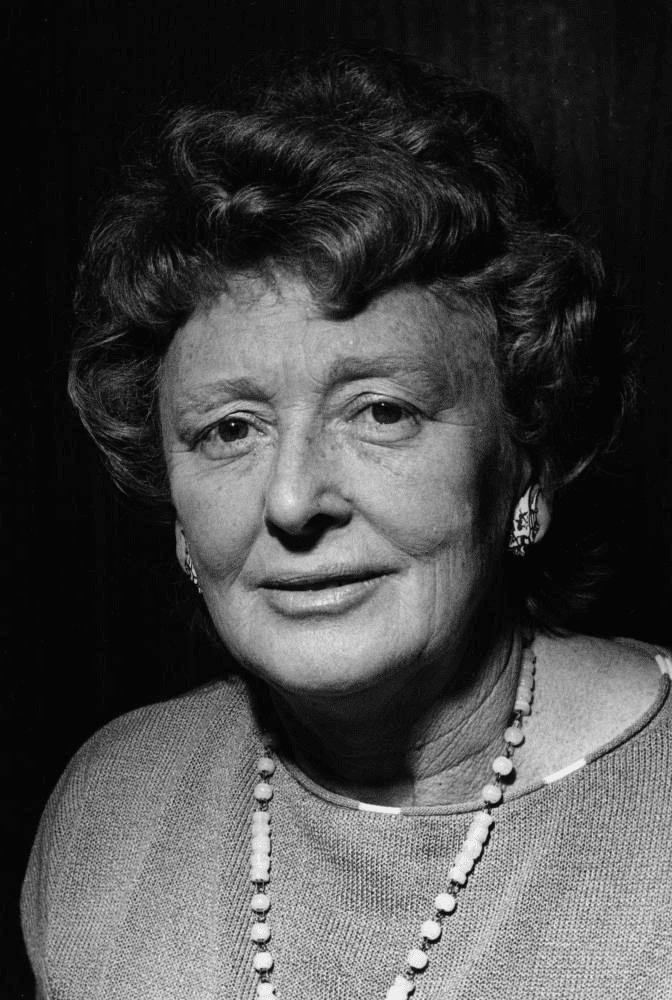
Photo source: kura.aucklandlibraries.govt.nz
In 1938, the girl successfully graduated from the South Philadelphia High School for Girls. At the same time, she applied to the public research Temple University in Philadelphia, which is considered one of the largest educational institutions of this type in the USA. After receiving the dream scholarship, she transferred to Chestnut Hill College. Frances had a knack for exact sciences. She studied mathematics and physics. After college, Frances began to develop as a programmer.
How did the woman get into the ENIAC project?
In Chestnut Hill, Frances met Kathleen Antonelli. Today, she is known as a programmer and computer scientist. She was one of six programmers at the ENIAC (Electronic Numerical Integrator and Computer) project, where Frances became a programmer too.
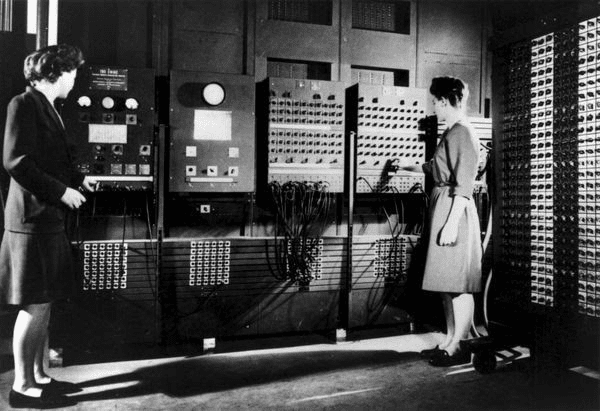
Photo source: U.S. Army/ARL Technical Library Archives
She got there through the Moore School of Engineering at the University of Pennsylvania. The institution was funded by the US Army and was recruiting young specialists, usually women, in the field of programming. This is how Kathleen Antonelli got into the secret project. The sixth and last ENIAC programmer became Frances Bilas.
What did ENIAC do?
ENIAC is the world’s first programmable computer. Prominent programmers of the time worked on its development. The computer was located at the University of Pennsylvania and covered about 167 square meters. Initially, the computer for calculating the military ballistic tables was developed by six female programmers, including Frances. But they didn’t become famous immediately. For a long time, the women and their contribution didn’t find public recognition.
Sometimes female programmers were deliberately passed off as models. Frances Bilas and five other ENIAC project women were inducted into the Women in Technology International Hall of Fame only in 1997. Thus, they received public recognition for their work on the electronic computer. But until then, Frances Bilas remained an unknown figure in American programming.
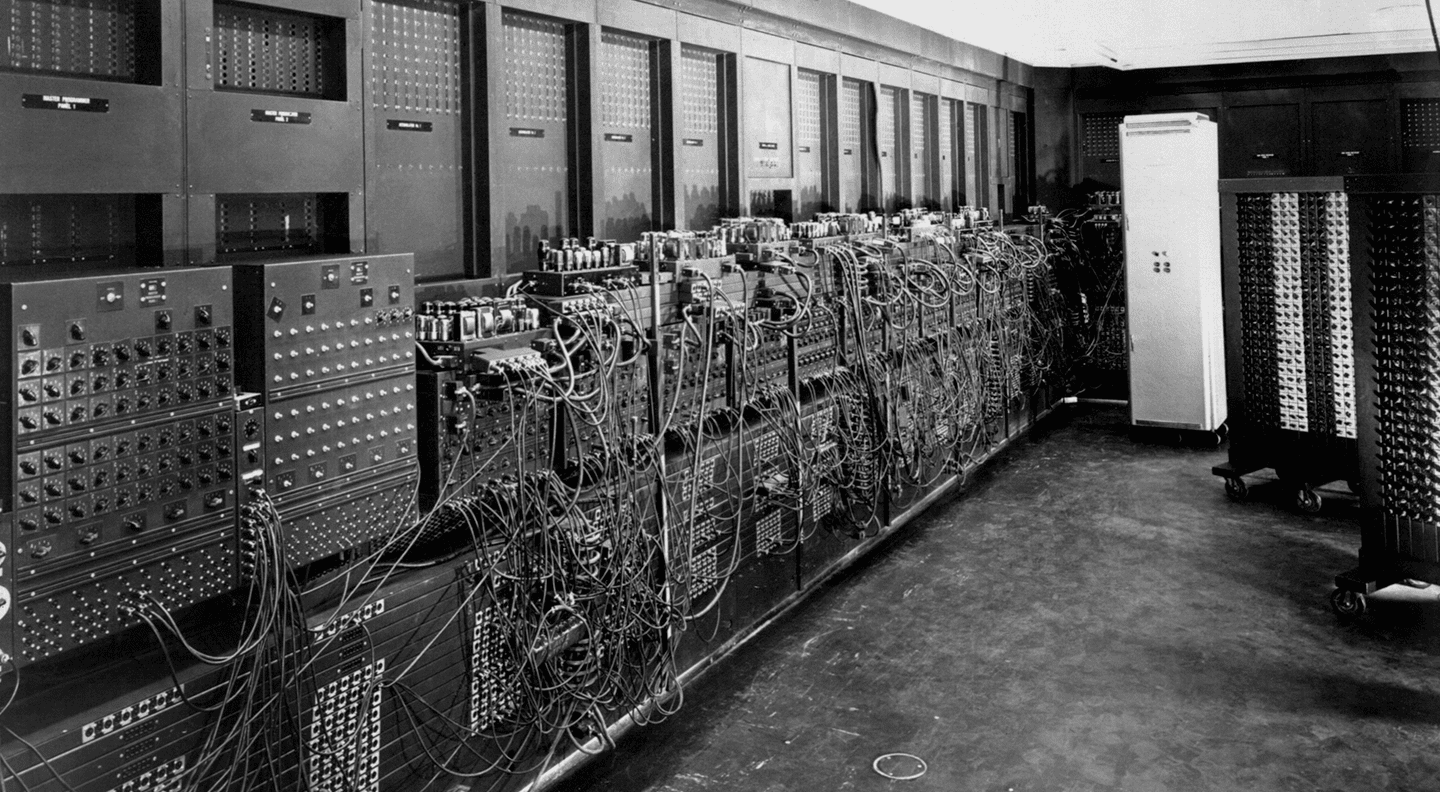
People learned about the project for the first time in 1946. But they didn’t pay much attention to it because the world was at war. The ENIAC project seemed to be another US industrial work to the public. However, the press could not ignore it. It was interested not so much in the project as in those who work on it, namely women. However, the work of Frances Spence and the rest of the team wasn’t approved. It rather seemed somewhat unheard of. At that time, many still believed that a woman had nothing to do with technology.
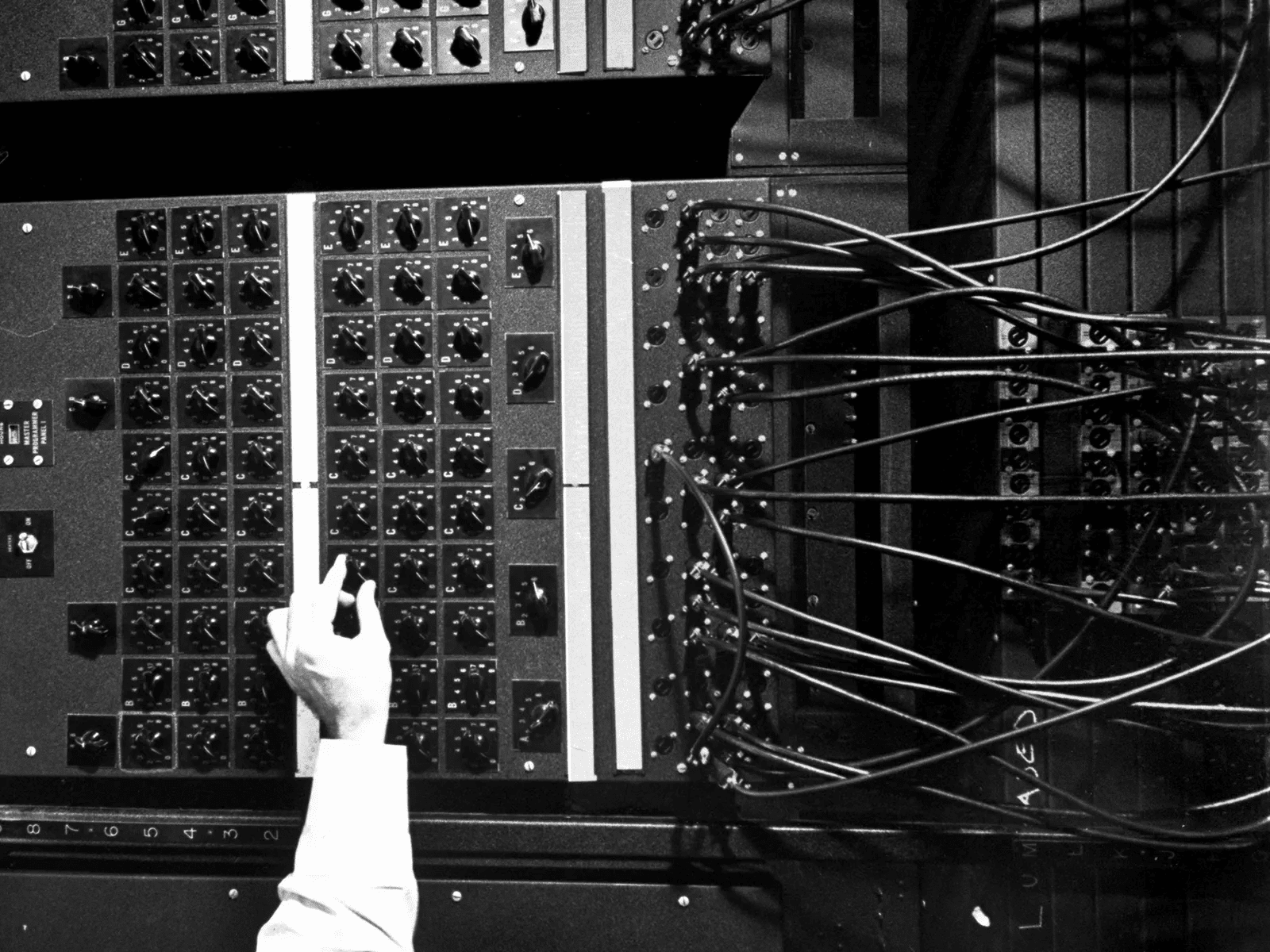
Perhaps, the women, as well as their field of activity, didn’t gain wide publicity because ENIAC was a US secret project. But who knows what really happened? The ENIAC was created to calculate tasks in ballistics, cosmic radiation and even the production of nuclear weapons. In total, about 80 women worked on this electronic digital computer.
This was primarily due to the fact that most of the men were at the front and took part in the Second World War. The ENIAC programmable computer officially existed until 1955 when it was turned off forever and disassembled. Some of its surviving parts are now kept in museums in the United States and Great Britain. But let’s go back to the post-war years.
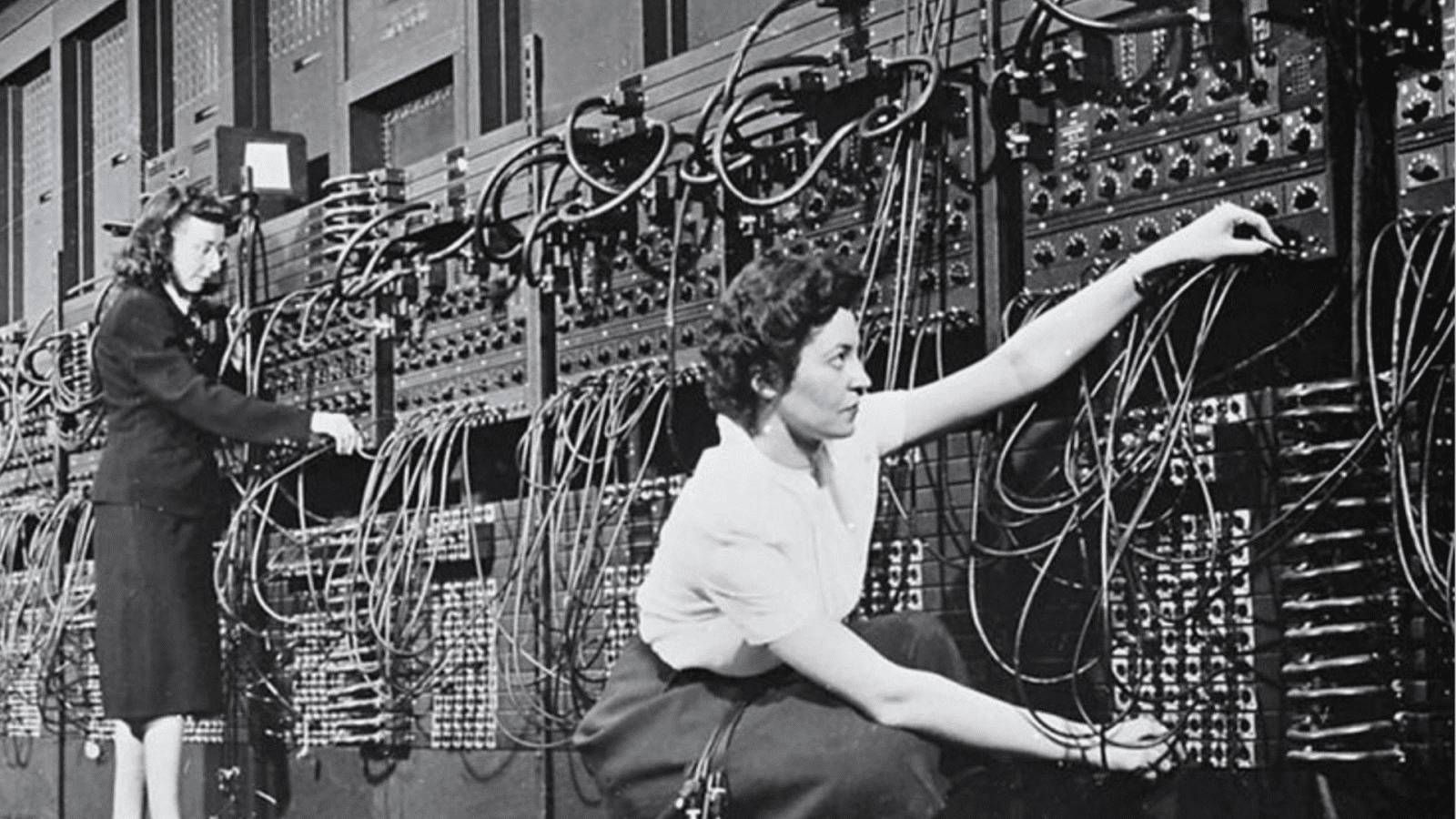
Photo source: U.S. Army/ARL Technical Library Archives
Frances and the other first recruits had to manually route all the data and flip various switches. The electronic digital computer was actually very difficult to use. It differed from the usual computer, first of all, in its functionality. It was about 80 feet long and consisted of 40 panels.
Every day, workers had to change cables and vacuum lamps due to their malfunction. Such a large machine contained 17,468 lamps. Since the technology was new, it still needed improvement, and therefore, some parts of the ENIAC failed almost every day. They needed replacement. Newbies didn’t know all the intricacies of the work. They learned new things already in the process of working.
The very architecture of the device was developed even earlier, in 1943, by several American engineers from the University of Pennsylvania.
Why did Frances Spence leave the project?
Frances continued to work on an important American project. But soon significant changes take place in her life. In 1947, she married an army electrical engineer who worked at one of the US military bases, the Aberdeen Proving Ground. Homer W. Spence, like Frances, was involved in the ENIAC project. Later, he headed the Computer Research Department. The programmer met her future husband at the Moore School. The work on ENIAC reunited old acquaintances and sparked feelings.
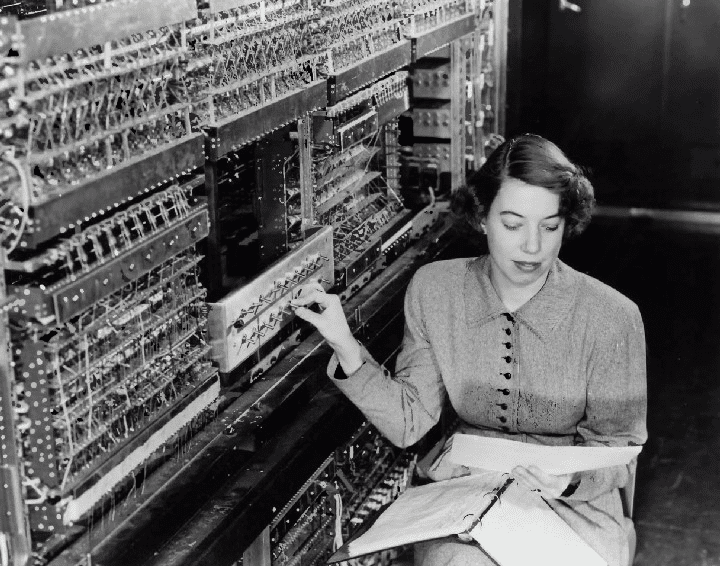
Photo source: Science in HD photo on Unsplash
After getting married, Spence decided to leave the ENIAC project and devote herself to her family. Homer and Frances had three sons: Joseph, Richard and William. Frances Spence lived a long and happy life. The famous programmer of the 20th century died in 2012.
Top Secret Rosies: The Female “Computers” of WWII
The female ENIAC programmers achieved fame decades later. At the end of the 90s of the 20th century, they were talked about in almost every corner of the United States. But did they dream of such glory, especially Frances? In 2010, unexpectedly, the world saw a documentary film about the ENIAC women. It was inspired by the story of each of them and their contribution to the development of science.
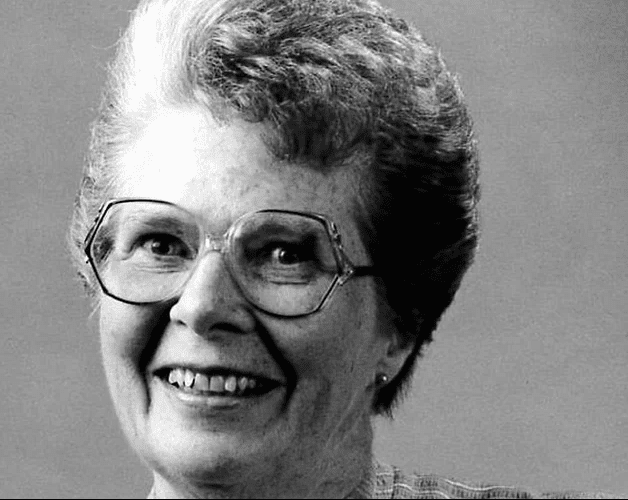
It’s called Top Secret Rosies: The Female “Computers” of WWII. The creators did a colossal amount of work, collected dozens of facts and interviewed respondents who dealt with ENIAC. The documentary is focused on interviews with three of the six women from this secret project.
Frances’s contribution to the development of IT
In 1997, Frances Spence was inducted into the Women in Technology International Hall of Fame. Her work and the contribution of other ENIAC specialists paved the way for the creation of a modern computer. Therefore, the emergence of a gadget, without which it is impossible to imagine our life, should be partly owed to Francis Spence. The innovative technologies of that time formed the basis of the development of modern electronic computing, various programs, programming, etc.
Contemporaries in the IT industry use the experience and achievements of their predecessors. Frances Spence and the ENIAC team would be proud because they proved that a woman can realize herself in “male” professions as well.